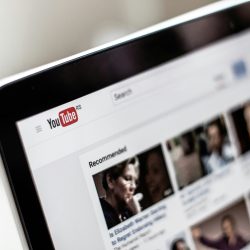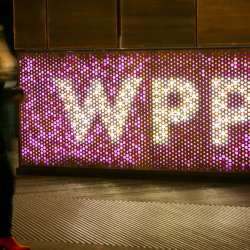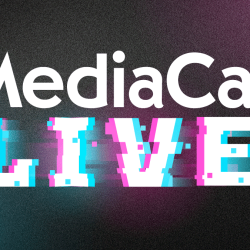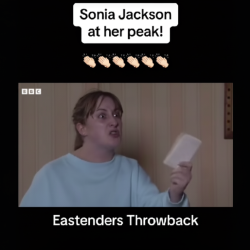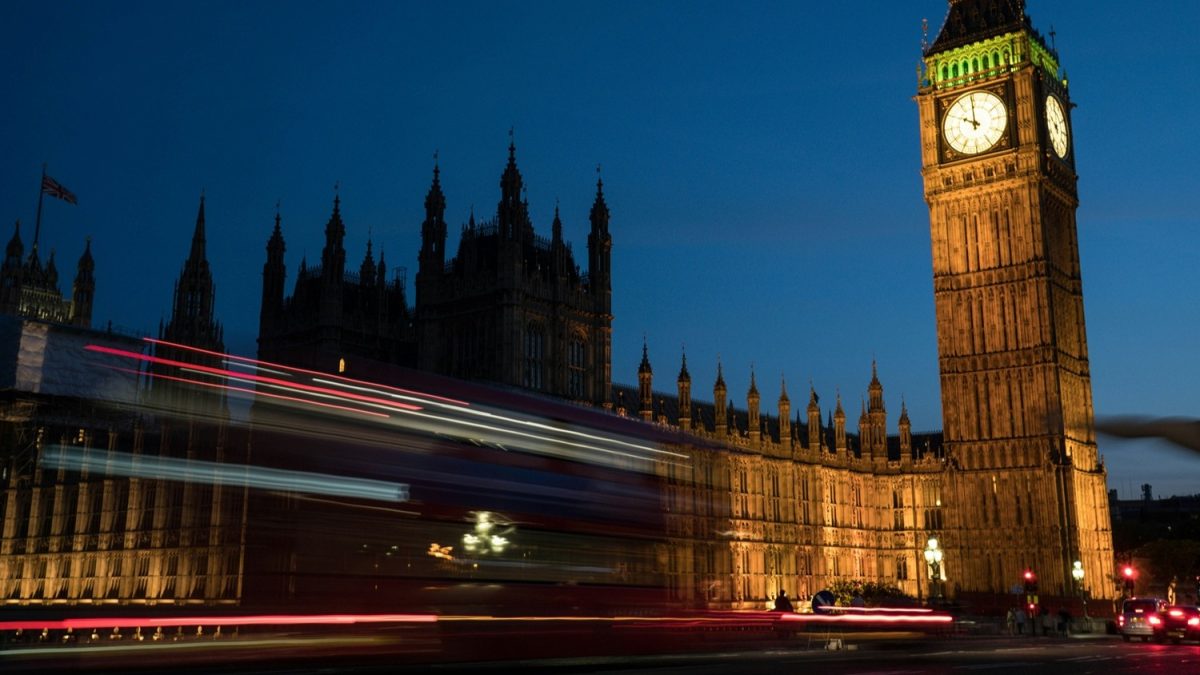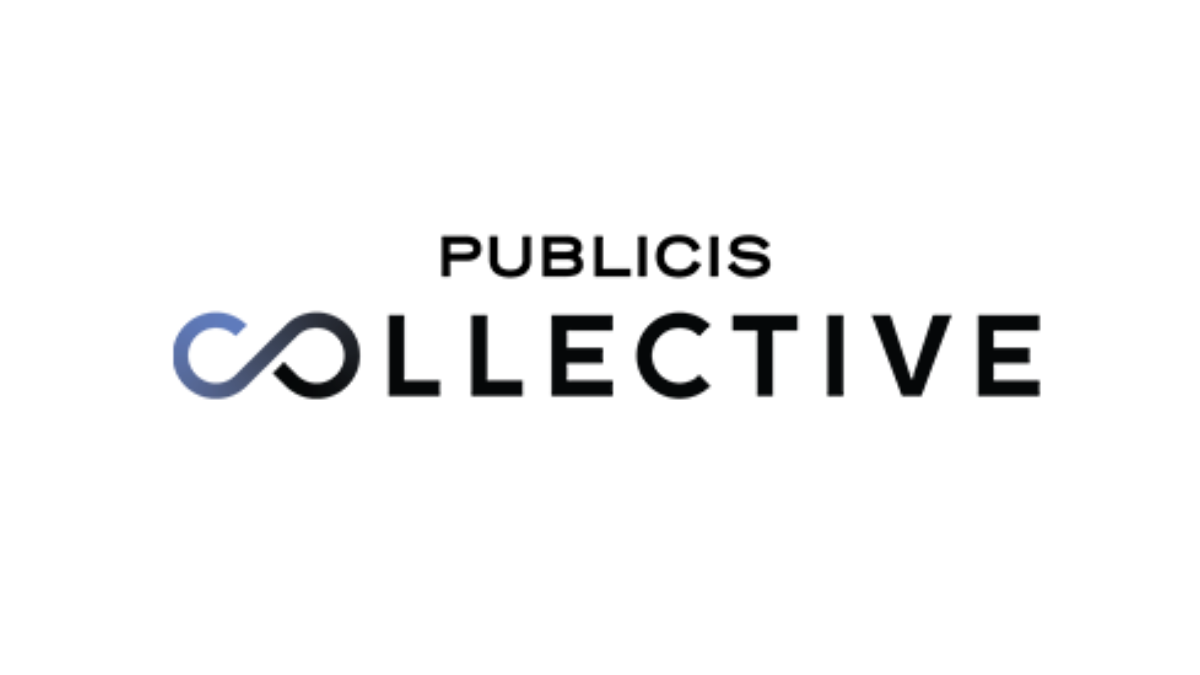Conflicts of interest will increase and transparency will decline as a result of the UK government’s decision to combine planning and buying into a single contract within its new, streamlined Media & Creative Framework, warn critics.
Separating media planning from media buying is traditionally seen to help ensure a level of strategic scrutiny, especially important when it’s funded by the public purse. Planners focus on audience insights, behavioural objectives, and campaign goals; buyers negotiate placements with media owners. Keeping these roles separate allowed for internal checks and prevented media strategies from being overly driven by commercial relationships.
The new framework, set to be awarded at the end of 2025, will replace two major contracts: the Campaign Solutions 2 and Media Services frameworks. It will serve as the government’s mechanism for commissioning all media planning, media buying, creative, and marketing services across public sector departments, including all government departments. Agencies wishing to work on public campaigns will first need to secure a place on this framework through a tender process that will begin in May.
According to government documents, the estimated value of the new framework will be £1.4 billion over four years. That may sound substantial but it’s £290 million less than the combined value of the two frameworks it replaces — a cut of more than 18%.
Critics argue the new combined media planning and buying model, the centrepiece of the new arrangement, creates potential for conflicts of interest, reduced transparency and planning decisions that favour profits over quality. This concern is heightened by the shrinking number of creative agencies, reduced from 36 to 22. With fewer agencies able to access briefs, many are pointing to a risk of further homogenisation and less innovation in public sector communications.
‘A loss of diversity of thinking is the major concern I have with this,’ says Ed Cox, founder of Yonder Media. ‘There is a fair argument that the government is simply following the private sector by merging the two as that has been the model for most businesses. But I think the government is unique due to the extent of areas it has to cover.’
‘From appealing for more teachers and nurses to issuing guidance on national health concerns, the scope these contracts will cover is unimaginable with any other client. Can one agency really be an expert in all of these? It seems unlikely and future campaigns will inevitably suffer. That concerns me not just as an agency owner but as a tax payer too.’
‘It’s also a shame they’re not supporting UK businesses more,’ he adds. ‘Certain countries will prioritise providing work to home-grown agencies but there’s no focus on that here. Instead, cutting the number of agencies down will naturally result in independent British companies losing out.’
The new framework streamlines service categories (or ‘lots’) from 10 to eight, combining previously distinct functions and reducing the number of entry points for agencies. Several creative functions (such as content versioning, stock media, and end-to-end campaign delivery) have also been merged into broader, streamlined categories. Meanwhile, some specialist lots — including those for advertising revenue generation and service evaluation — have been scrapped entirely or partially absorbed, leaving fewer entry points for niche or independent agencies and concentrating more power in the hands of fewer, larger suppliers.
‘Competition to gain this mega bounty will be fierce, whereas splitting the opportunity between a broader range of enthusiastic partners may well have bred a better kind of competition,’ says Paul Gayfer, chief strategy officer at Goodstuff Communications.
‘The current agency roster have done an excellent job in managing the government’s media over the last four years, creating campaigns clearly brimming with craft and creativity,’ he adds, ‘But this move to consolidate further can’t help but indicate a drive to the kind of focus on cost and efficiency that is rarely the foundation for genuine effectiveness.’
The UK government has long been one of the country’s largest and most consistent advertisers. In fact, at the height of the Covid-19 pandemic it was the biggest, and it still spends over £200 million annually on public messaging campaigns across TV, radio, print, and digital platforms. But as details of the new Media & Creative Framework emerge, it marks another shift in public sector advertising becoming leaner.
While it will be introduced under a Labour government, it would be unwise to blame this solely on the current administration’s cost-cutting mindset. Chancellor Rachel Reeves has pledged to reduce government operational costs by 15% by the end of the decade and you’d be excused for thinking this new framework was her brainchild, but the reality is this was already well in motion before she moved into Number 11.
The leaner arrangement instead reflects an attitude that transcends party loyalty in Westminster, one that sees marketing as expendable — a non-essential overhead rather than a strategic lever for behaviour change, public trust, or civic engagement.
The closure of the Central Office of Information (COI) in 2011 under David Cameron’s austerity programme marked the start of a gradual dismantling of the UK’s centralised communications infrastructure. In its place came the Government Communication Service (GCS), which has overseen fluctuating budgets and more decentralised planning.
The Covid-19 pandemic briefly reversed this decline, as government communications surged in prominence and spend. This new framework, along with Labour’s plans to slash £50 million from the marketing and communications budget over the next two years announced just weeks after taking office, suggest that, with the return of fiscal restraint and a mindset of austerity, marketing is again being treated as a soft target for cuts .
For media and creative agencies, the new framework represents both a threat and an opportunity. The shrinking pool of suppliers and lots means heightened competition. Winning a place on the framework could still secure steady, if reduced, income. But failure to do so could lock agencies out of public sector work entirely.
For the rest of us it naturally poses the question; what kind of government advertising ecosystem will remain when the dust settles? With no sign of policy makers rethinking their position, all industry insiders can do is warn from the sidelines. But it’s a scary thought that government communications may be less equipped to deal with serious crises precisely in an era when they are becoming increasingly likely.
Main image by Paul Buffington on Unsplash

